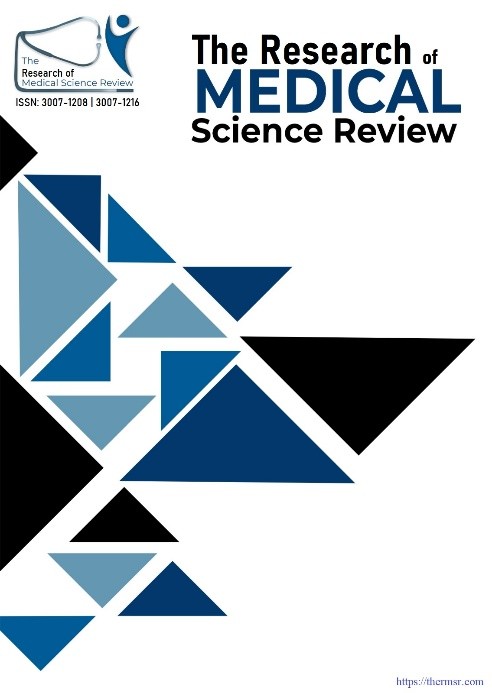COMPARING EARLY POSTOPERATIVE OUTCOMES OF LAPAROSCOPIC (TAPP) REPAIR & OPEN LICHTENSTEIN MESH REPAIR FOR INGUINAL HERNIA
Main Article Content
Abstract
OBJECTIVE: To compare the early postoperative outcomes between laparoscopic transabdominal pre-peritoneal (TAPP) repair versus open Lichtenstein mesh repair in inguinal hernia.
METHODOLOGY: This randomized controlled trial was executed at Liaquat University of Medical and Health Sciences (LUMHS), located in Jamshoro, involving a cohort of 92 patients aged between 18 to 70 years diagnosed with primary inguinal hernia, selected through non-probability consecutive sampling methodology. Participants were systematically allocated to receive either laparoscopic transabdominal preperitoneal (TAPP) repair or the open Lichtenstein mesh repair technique. Postoperative outcomes, including pain levels, duration of hospital stay, and incidence of complications, were meticulously evaluated. Statistical analysis of the data was performed utilizing SPSS software version 26, with a significance threshold set at a p-value of ≤0.05.
RESULTS: Among a cohort of 92 patients, the Transabdominal Preperitoneal (TAPP) repair technique was correlated with markedly reduced postoperative pain metrics (3.93 as opposed to 6.20; p=0.0001) and a diminished duration of hospitalization (1.93 days in contrast to 2.50 days; p=0.002) when compared to the Lichtenstein repair method. Furthermore, the incidence of urinary retention was significantly lower in the TAPP cohort (4.3% versus 21.7%; p=0.013). Conversely, other complications, encompassing hematoma, seroma, and wound infection, did not exhibit statistically significant variances between the two surgical groups.
CONCLUSION: The laparoscopic transabdominal pre-peritoneal (TAPP) repair exhibited markedly more favorable early postoperative results in comparison to the open Lichtenstein mesh repair for inguinal hernias, encompassing significantly diminished pain scores, abbreviated hospital stays, and a reduced incidence of complications such as urinary retention. These results advocate for the preferential implementation of TAPP repair in environments where surgical expertise and appropriate facilities are accessible, particularly for patients who emphasize expedited recovery and minimized postoperative discomfort.
Downloads
Article Details
Section

This work is licensed under a Creative Commons Attribution-NonCommercial-NoDerivatives 4.0 International License.
